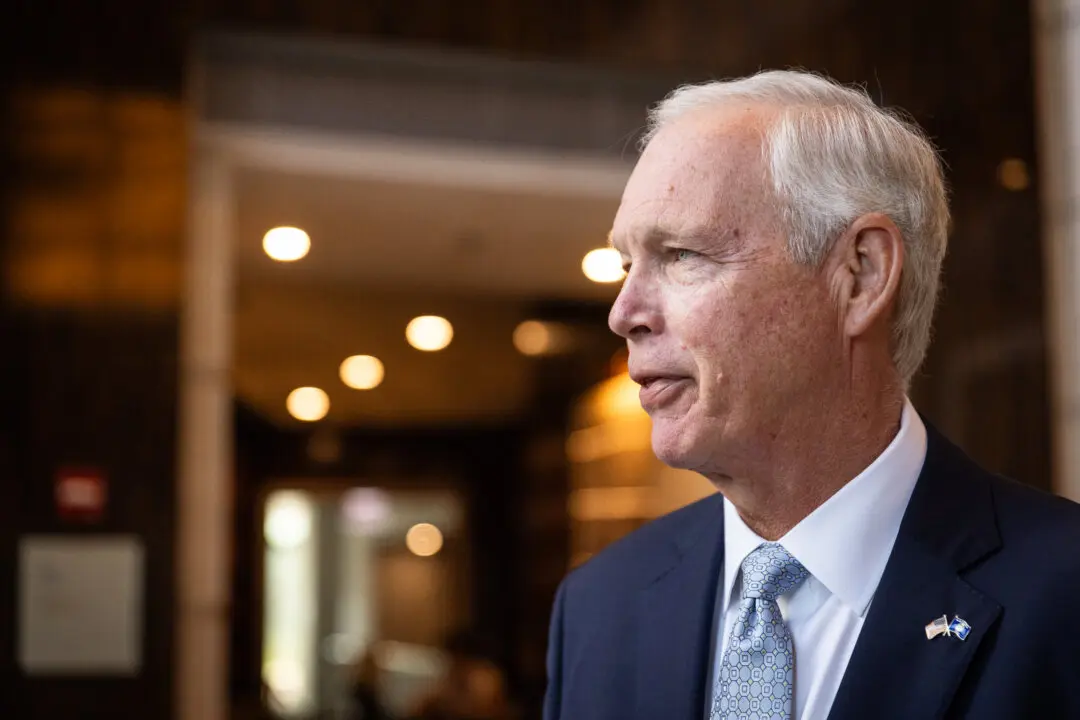U.S. military officials are planning out the possibility of fully withdrawing from Afghanistan by May of next year, a top official confirmed Tuesday, though Secretary of Defense Mark Esper has not yet issued orders for the total withdrawal.
U.S. officials are aiming at drawing down to 4,500 troops in the Central Asian country by late October or November.





